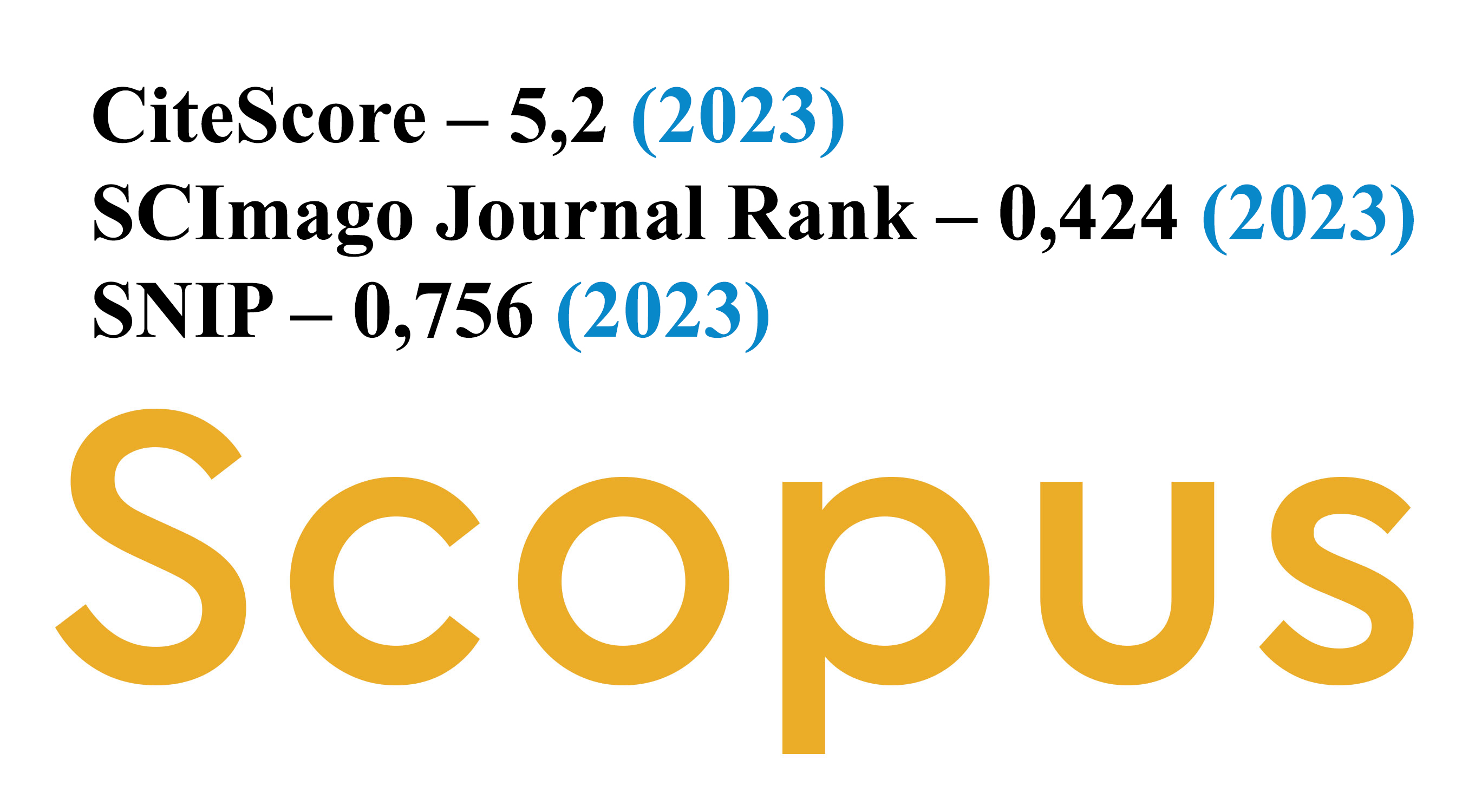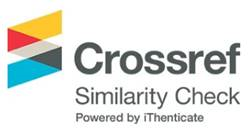Ability to Borrow Modeling Techniques for Small and Medium-Sized Enterprises
DOI:
https://doi.org/10.5755/j01.ee.36.4.40554Keywords:
SMEs, Ability to borrow, Machine learning methods, Gradient Boosting, The Baltic StatesAbstract
This study comprehensively evaluates the ability to borrow machine learning modeling techniques for SMEs, utilizing a sample of the Baltic States with many variables. The study aims to assess the applicability of access to credit modeling techniques for SMEs. This is the first study in which a large–scale assessment has been carried out in the Baltic States sample, covering five years of credit applications from SMEs to a depository institution. The results showed that Gradient Boosting produces the most accurate results. Gradient Boosting demonstrated better results than the benchmark Logistic Regression as well as other advanced machine learning models, including Random Forests and Multilayer Perceptron models. The method showed the highest accuracy of the overall receiver operating characteristic (ROC) curve and the associated area under the curve (AUC) (ROC–AUC) and Average Precision values, as well as other discriminatory threshold values, compared to alternative methods.





